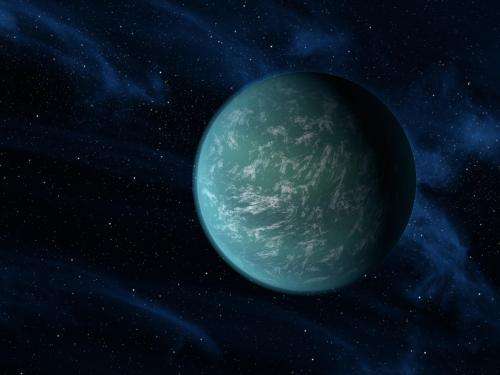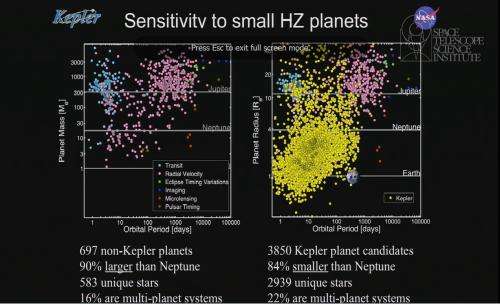What steps are needed to find more earths?

It wasn't so long ago that we found out there is an Earth-sized planet in a habitable zone of a star. But how many others are out there, and do we know if planets like this are truly habitable?
"Looking towards the future, what we really want to do eventually is transform our knowledge from planets in the habitable zone to [characterizing] planetary environments," said Natalie Batalha, a co-investigator on NASA's Kepler Space Telescope, in a webcast presentation today (April 28) .
This means that astronomers will be able to, from a distance, look at "biosignatures" of life in the atmosphere. What a biosignature would be is still being characterized, but it could be something like an unusually high proportion of oxygen—as long as abiotic processes are not accounted for, of course.
Batalha identified these parameters for finding other Earths in a presentation at the "Habitable Worlds Across Time and Space" conference presented by the Space Telescope Science Institute:

- The telescope must be sensitive to an Earth-sized planet in the habitable zone of a G, K or M-type star (which are stars that are like the sun);
- A uniform and reliable detection catalog with well-understood sizes, orbital periods and insolation fluxes (energy received from the sun);
- Knowledge of Kepler's detection efficiency and the planetary catalog's reliability;
- Well-documented and accessible data products for other community members to analyze.
What would also be helpful to planetary scientists is learning more about how a planet forms in the habitable region of its star.
In a presentation at the same conference, the University of Toronto's Diana Valencia (an astrophysicist) pointed out there is no single predictor for how large a planet will get. It depends on how close a planetesimal disc is to its star, the rate of accretion in the area and dust opacity, among other factors.
She also gave a brief overview of processes that demonstrate how hard it is to predict habitability. Earth had at least two atmospheres in its past, presentation slides said, with the first atmosphere lost and the second built from volcanism and impacts. Valencia also pointed to complexities involving the Earth's mantle and plate tectonics.
The University of Puerto Rico keeps a list of potentially habitable planets on its website, which as of this writing stands at 21.
Provided by Universe Today





















